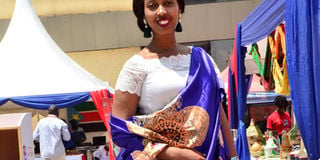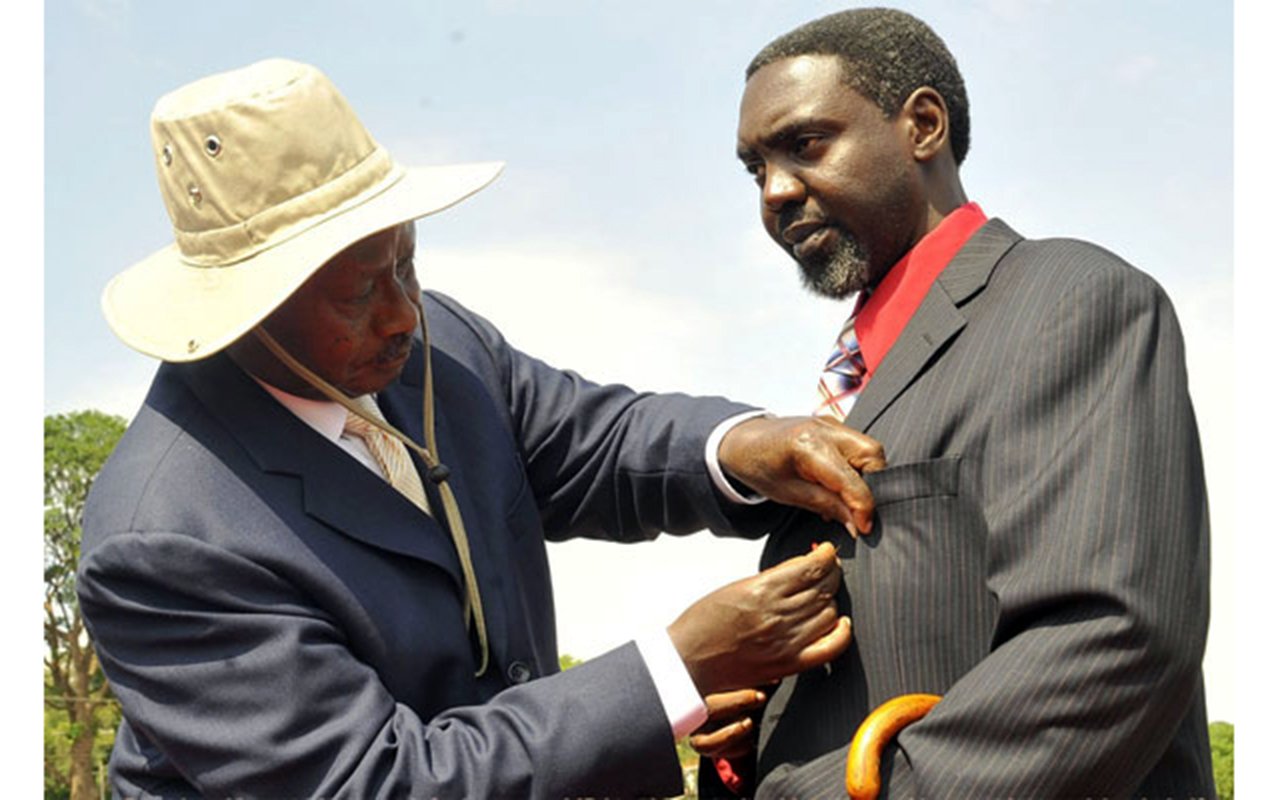Celebrating culture through style

Meanwhile, a representative from Rwanda explained their love for the mushanana, an attire often worn by women from Rwanda as well as some from western part of Uganda. COURTESY PHOTO
What you need to know:
- Trending. On October 13, Victoria University held an international day to celebrate food, language and dress. The university students dressed to honor their different cultures and heritage. Alex Esagala attended the event and captured the most impressive styles of the day.
On October 13, students of Victoria University dressed up in their respective cultural wear to commemorate the institution’s international day which focused on the theme of embracing diversity.
During the course of the day, representatives from different countries had to explain their different attires. For instance, a representative from Uganda had to explain the gomesi (the colourful busuuti floor-length dress) attire by highlighting that the outfit is mostly won during traditional ceremonies such as giveaways.
Meanwhile, a representative from Rwanda explained their love for the mushanana, an attire often worn by women from Rwanda as well as some from western part of Uganda. The outfit is often worn with a wrapper skirt accompanied with a top.
Other representatives from countries like Burundi, Ghana, South Sudan, Eriteria, Democratic Republic of Congo, also took time to explain the traditional attire they wear in their countries. Besides style, the participants also celebrated language and food.
Traditional wear across Africa
Zimbabwe
The traditional dress of Zimbabwe is colourful and consists of wrap around dresses and head dresses for women. As an added detail, women’s dresses are decked up with beads, and they themselves wear largely sized ornaments, an integral part of their traditional wear which demonstrates the age and status of the woman in her community.
Madagascar
The traditional wear involves wearing the Lamba, which directly translated, means cloth or clothing. This normally consists of two matching pieces of fabric in the women’s case, and just one for the men. In yesteryear, the Lamba was all that was worn, but nowadays it has been coupled with Western clothing. Nearly all women in Madagascar will wear a Lamba in the event of a death or another occasion for prayers to the ancestors.
Mozambique
The way people here dress reflects the union of different cultures that are found there, as well as the different economic standing of its individuals. In the cities, men wear Western-style suits for work, while women retain the brightly colored fabrics of traditional wear. In the rural areas of the country, women retain the wearing of traditions, which consists of long strips of fabric wrapped around the body and over one shoulder.
Maasai
The traditional dress of the Maasai varies by age of the person wearing it and by their location. Young men, for example, wear black for several months after their circumcision. In the Maasai tribe, red is a favoured colour. Prior to 1960, the members of the Maasai tribe wore calf hides and sheepskins.
(Jenman African Safaris: What people wear in different African countries)


